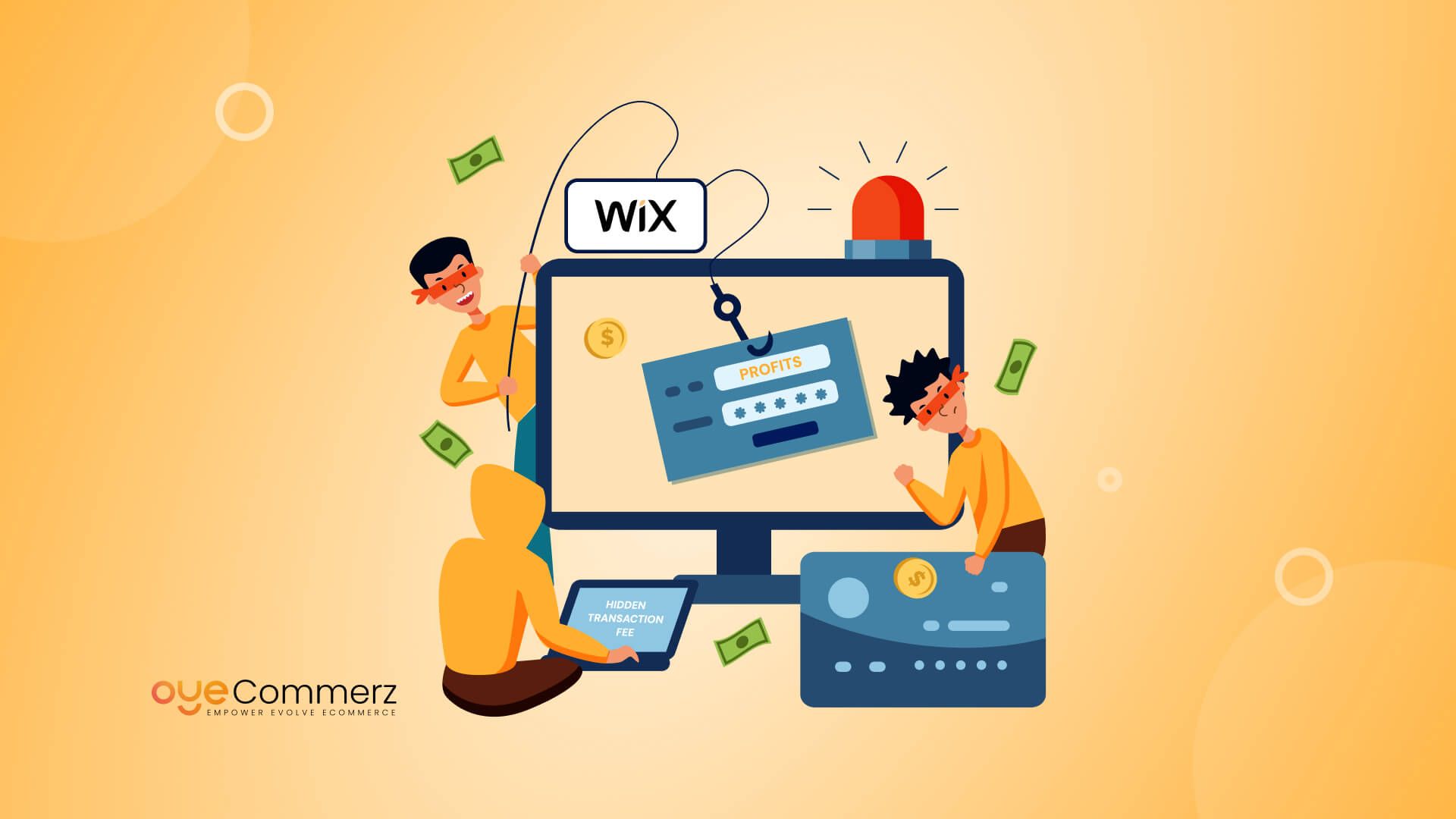In the current online environment, selecting the right e-commerce platform is essential for business growth. If you're currently utilizing Wix but are considering a move to Shopify, you're not alone. Many companies are migrating to Shopify to leverage its robust capabilities, scalability, and specialized e-commerce tools. This article will walk you through the transition process, ensuring a smooth transition and preparing you for e-commerce success.
Why Switch from Wix to Shopify?
Before diving into the transition process, it's essential to recognize why Shopify could be a better choice for your e-commerce needs:
- Specialization: Unlike Wix, which serves various website types, Shopify is engineered specifically for e-commerce, offering advanced features and features tailored for digital commerce.
- Scalability: As your company expands, Shopify can easily handle increased visitor volumes and sales volume without sacrificing performance.
- Extensive App Library: Shopify offers a vast collection of apps that can enhance your store's functionality, from advertising solutions to inventory management options.
- SEO Capabilities: Shopify provides superior SEO options, which can assist in boosting your store’s visibility on Google and others.
- Payment Options: With multiple payment gateways available, including Shopify Payments, you can provide shoppers a variety of options.
Getting Ready for Migration
To ensure a trouble-free migration from Wix to Shopify, follow these preparatory guidelines:
1. Save Your Information
Export all your data from Wix, including item information, user data, and order history. This step is vital as it guarantees you have a backup of everything before starting the transfer.
2. Choose Your Shopify Plan
Assess the various Shopify subscriptions available and select one that aligns with your company’s needs. Take into account factors such as costs, features included, and scalability options.
3. Create Your Shopify Profile
Create your Shopify account and familiarize yourself with the platform’s interface and tools.
The Transition Process
Now that you're prepared, it’s time to migrate your store from Wix to Shopify. Here’s how:
1. Transfer Items
Utilize Shopify's integrated import tool or third-party migration apps like Cart2Cart or LitExtension to transfer your items from Wix to Shopify.
Make sure that item details, pictures, prices, and variants are accurately imported.
2. Migrate Client Information
Upload client details such as user names and email addresses into your new Shopify store. This step Shopify store design is vital for maintaining customer relationships and marketing efforts.
3. Configure Transactions
Set up transaction methods in your Shopify store to guarantee seamless payments. You can select from multiple platforms like debit methods, PayPal, and more.
4. Customize Your Store Design
Choose a theme that aligns with your brand identity. Customize it using Shopify's design tools to create an attractive and user-friendly shopping experience.
5. SEO Optimization
Implement SEO best practices during the migration process:
- Set up 301 redirects from old Wix URLs to new Shopify URLs.
- Optimize product titles, descriptions, and images with relevant keywords.
- Update meta tags and alt texts Shopify themes for better search engine visibility.
After Migration Steps
Once your store is live on Shopify, consider these post-migration steps:
1. Test Your Store
Perform comprehensive testing of your new store:
- Verify item listings for correctness.
- Verify transaction methods.
- Ensure all links work correctly.
2. Launch Marketing Campaigns
Announce your new store launch through email newsletters and social platforms.
Think about offering special offers or sales to attract customers.
3. Monitor Performance
Use analytics tools within Shopify to track revenue growth and user activity.
Modify your strategies based on performance analytics.
Conclusion
Migrating from Wix to Shopify can significantly enhance your e-commerce capabilities and lay the foundation for growth and achievement. By adhering to this guide and taking a systematic approach to the migration process, you can guarantee a seamless transition that minimizes downtime and boosts opportunities for revenue. Welcome the change and see your online business thrive on its new platform!
